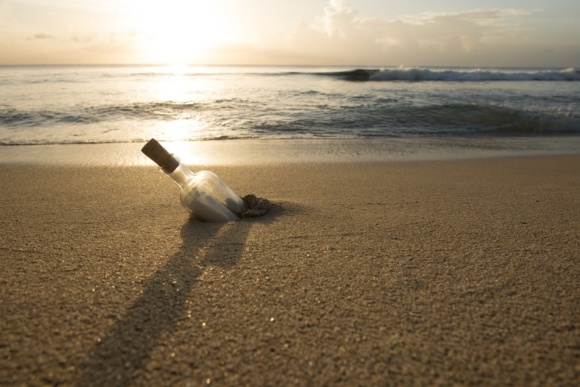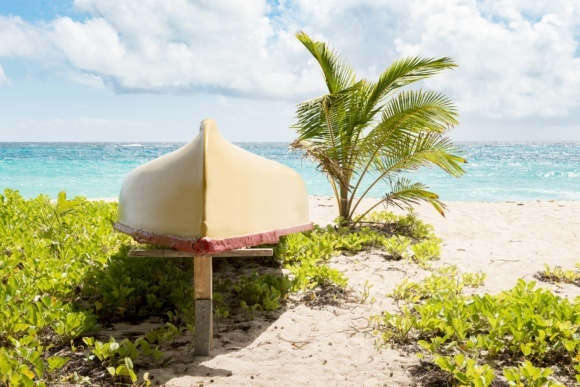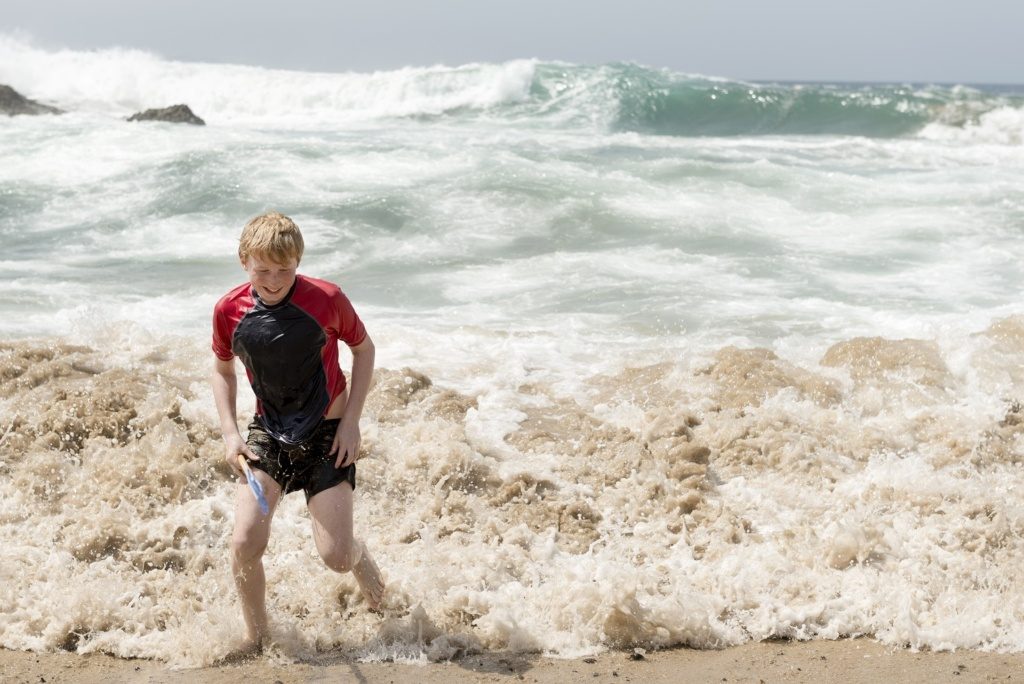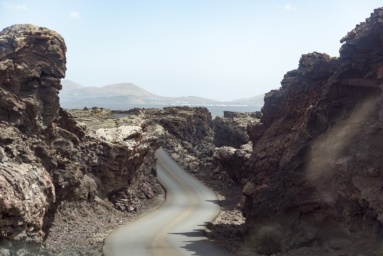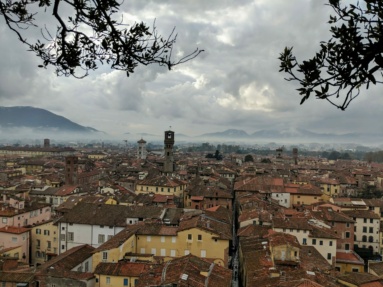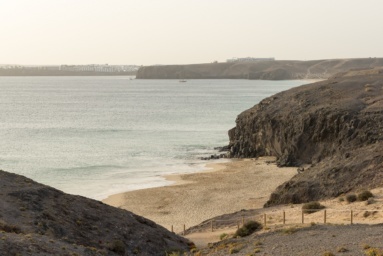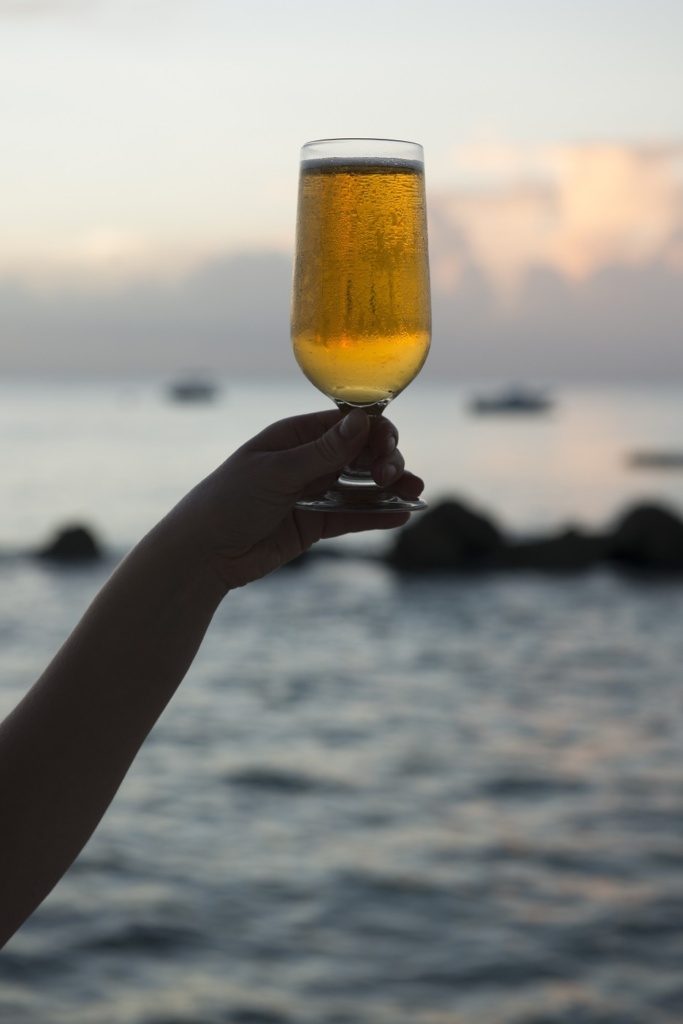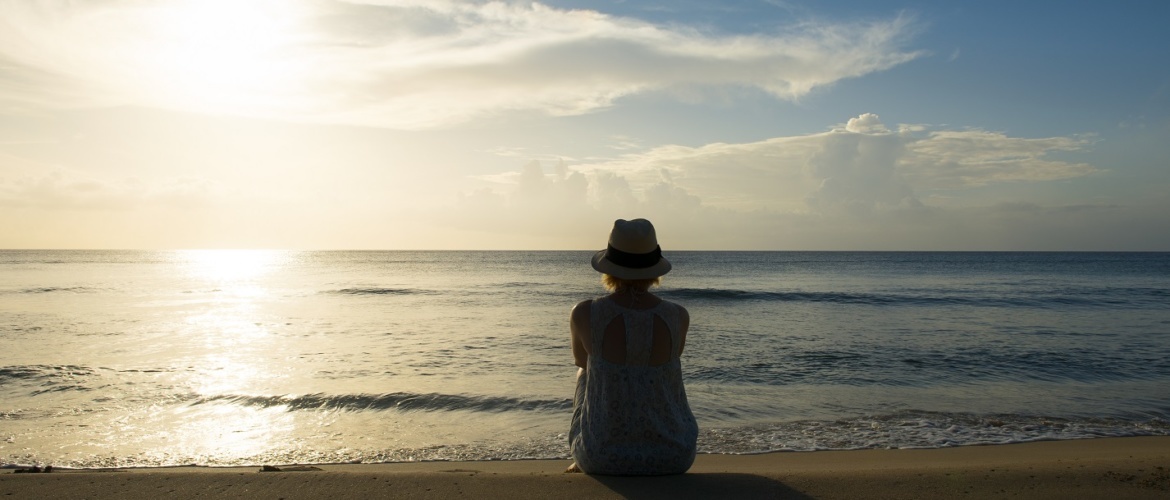
8 Tips for Improving Your Holiday Photos
It can be easy to think of holiday photos as something rather throw-away and unimportant. But over time they often become some of our most valuable possessions: evidence of the truly great moments we’ve shared with others. As a couple, as a family, or in a group of friends.
Now that our culture is becoming an increasingly visual one, we’ve almost come to a point where we think in images. And although photos can be a fantastic aid to memory, they are such potent carriers of stories that they sometimes also replace our memories: we end up recalling only what we see in the photos, forgetting much of the important events around them. If we want our holiday photos to accurately reflect our experiences – to truly represent how we felt at that time, so we can relive those moments for years to come – then they need to be done right.
In this short guide to taking holiday photos we’ve put together some tips to help you make the best of your next trip.
1 – Equipment
Although the first rule of photography is that it’s really not about the equipment but how you use it, the important thing is that you do use it. Holidays are about having fun, sharing, and doing all kinds of activities. The camera should be there with you the whole time. And ideally also passed around for others to use.
You may own an incredible all-bells-and-whistles-whizz-bang-ultra-definition example of the latest high-tech optical engineering. But if it’s either too valuable to take anywhere for fear of it becoming lost, stolen, or damaged, or too damn heavy to carry around all day, then it will just end up sitting unused in the hotel room. In this case you would have been better off leaving it at home and just taking a cheap point-and-shoot camera with you instead.
The ideal holiday camera strikes a good compromise between three elements: reasonable image quality; convenience and ease of use; and moderate price. Let’s look at these three points in turn.
QUALITY – You want your photos to be of good enough quality to enjoy in years to come, but they don’t necessarily need to be of such incredible resolution that they could be enlarged to fit on the side of a bus. Look for a camera that produces high-quality images above all else, but don’t be duped into buying something way beyond your needs.
CONVENIENCE – You need a camera that will let you take all the shots you want to take, but that won’t be a hassle to use or come with heavy and unnecessary extra lenses and other bulk. A camera that fits in your beach-bag or coat pocket will likely see a lot more use than one that needs a dedicated carry case of its own. Similarly, it makes no sense to buy something that has so many buttons, dials and clever features that you don’t know where to begin. Better a camera that you can just switch on and shoot with.
PRICE – Naturally, the cheapest option available will be unlikely to produce great quality images. Yet once you get beyond a certain point with consumer-level cameras, spending more money tends to make little difference to the quality of photos. Indeed, beyond a threshold of about 20-megapixels, an increase in price just adds non-essential (but admittedly sometimes useful) features such as a bluetooth or a touchscreen. Better a simple entry-level camera that produces great pictures and goes everywhere with you than a state-of-the-art bit of pro kit that is too valuable to ever take out of your bag.
Something like the Nikon D3400 would be an excellent example of the kind of affordable, simple, lightweight and easy to use DSLR camera we would recommend. It’s lacking many of the handy features of its slightly more expensive siblings, but produces photos on a par with a camera costing 4 x the price and is simple enough that anyone can learn to use it in no time.
2 – Technique
Okay, so you’ve got the camera. Now how do you use the damned thing?
Well, first of all, if you’ve purchased a new camera especially for the occasion, your once-in-a-lifetime never-to-be-repeated trip to the other side of the world is probably not the best time to start learning how it works. At the very least, do some test runs closer to home, so that you get accustomed to using your camera long before your holiday. Otherwise you risk either screwing up half your holiday snaps, or will simply end up not taking any because you’re still trying to work out which button to press.
Every photography guide you will ever read will tell you to use your camera on the manual setting. This is absolutely correct, as only by doing so will you have full control of the images you produce. Having said this though, better you shoot lots of nice photos on a fully-auto mode than come home with no photos at all (or just badly exposed and blurry ones, because you didn’t know how to use the camera in manual mode properly). You don’t want to be learning the camera settings as you go, so if you’re not comfortable shooting in manual mode, make use of some of the auto settings on the mode dial, such as portrait, sport etc.
In the long run, how you produced a great shot isn’t important. What matters is that you produced a great shot in the first place.
3 – Liven Things Up
Add some interest to your shots by using props – the bucket and spade, or a beachball, a fabulous hat, a cocktail. What’s in the background? A wizened tree? A fantastic building? Props can bring your photos to life, adding depth and perspective. They also give the person in the shot something to interact with: great for overcoming inhibitions.
4 – And Action!
At some point you’ll likely want to take photos of a subject in movement. Indeed, if you have young children, “want ” won’t even come into it. Sport mode on your camera is perfect for this, as it will allow you to freeze the action. Or, if you’re feeling up to shooting in manual exposure mode, go for a shutter speed of about 1/250 or above.
5 – Take in the View
If you’ll be moving away from the pool (or bar) at any point during your holiday, you’ll probably want to photograph the scenery. Yet somehow those majestic mountain ranges and wide sweeping vistas often seem to lose their beauty in a photo.
It doesn’t need to be this way though: a moderately wide angle lens is great for capturing the splendor of landscapes, so if landscape photography is a priority make sure you take a camera that can handle this.
6 – Incorporating Architecture
So many cities we visit have stunning architectural features, but how do you do them justice photographically? Try to find a different angle, take a step back, or see if you can get a shot from a higher vantage point. This way your photos won’t end up looking the same as ones you could have just downloaded from Flickr without even leaving your house.
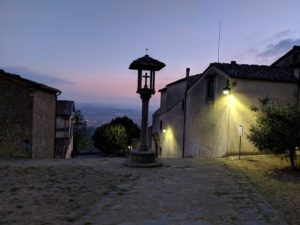 7 – Light Up the Night
7 – Light Up the Night
Flash is rarely flattering, and with its harsh and indifferent “slap” of light, it’s pretty much guaranteed to kill whatever atmosphere attracted you to a particular scene in the first place. Improve your night/evening/ dinner shots by ditching the flash and shooting some long exposures..
Of course, a long exposure increases the risk of blur – whether this is because the subject moves during the exposure, or because the camera does. Ideally you’d use a tripod. But if this is not something you want to be bothered carrying around with you the whole time, then you’ll need to use your ingenuity instead: try placing your camera firmly on a table, chair, wall or other solid surface. Use the camera’s built-in timer to avoid causing the camera to shake as you press the shutter.
8 – Make it Physical
We’re so used to just checking out our photos on phones or tablets now that it can be easy to forget just how nice it is to look at an actual physical photograph. Printing up holiday photos is a great way to make the memories last, instead of just forgetting about them deep in the depths of a hard-drive somewhere. Mounted and framed, they also make a fantastic gift for anyone who was also there with you!

